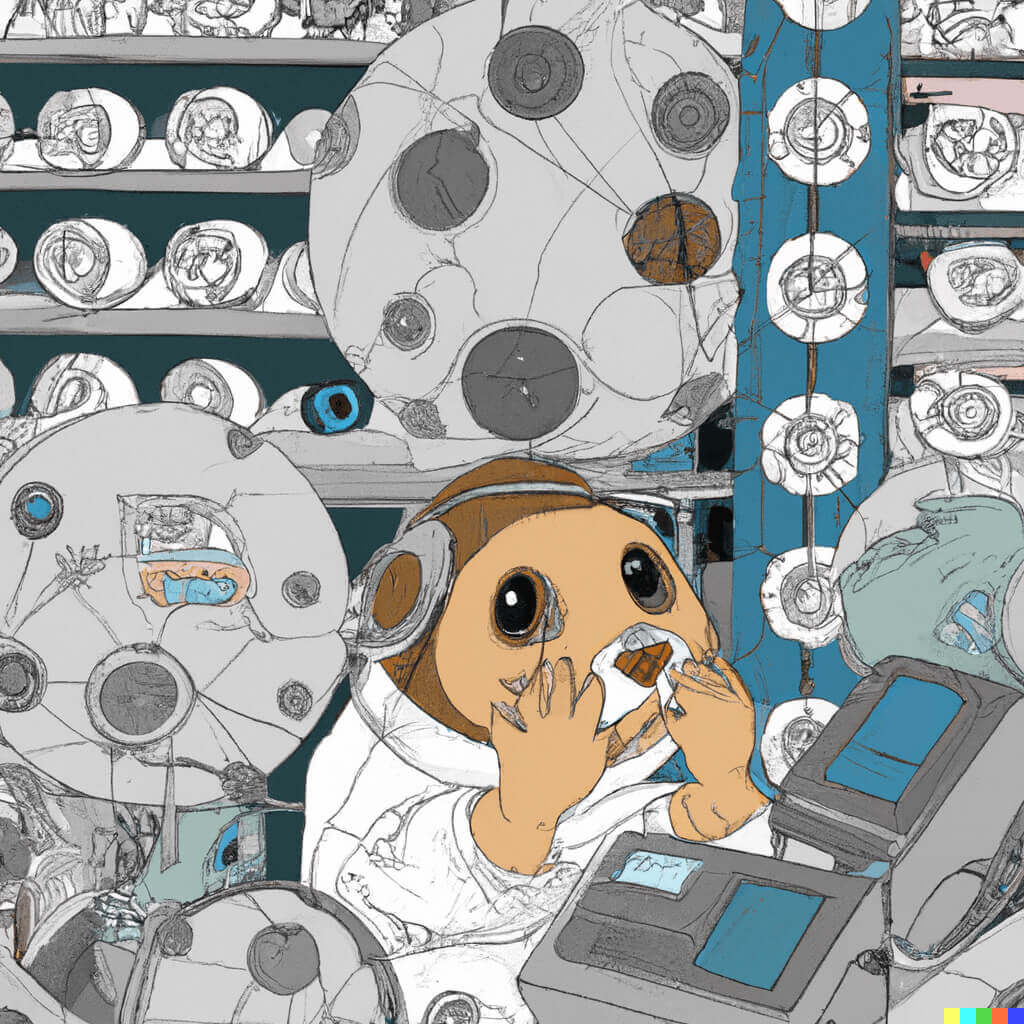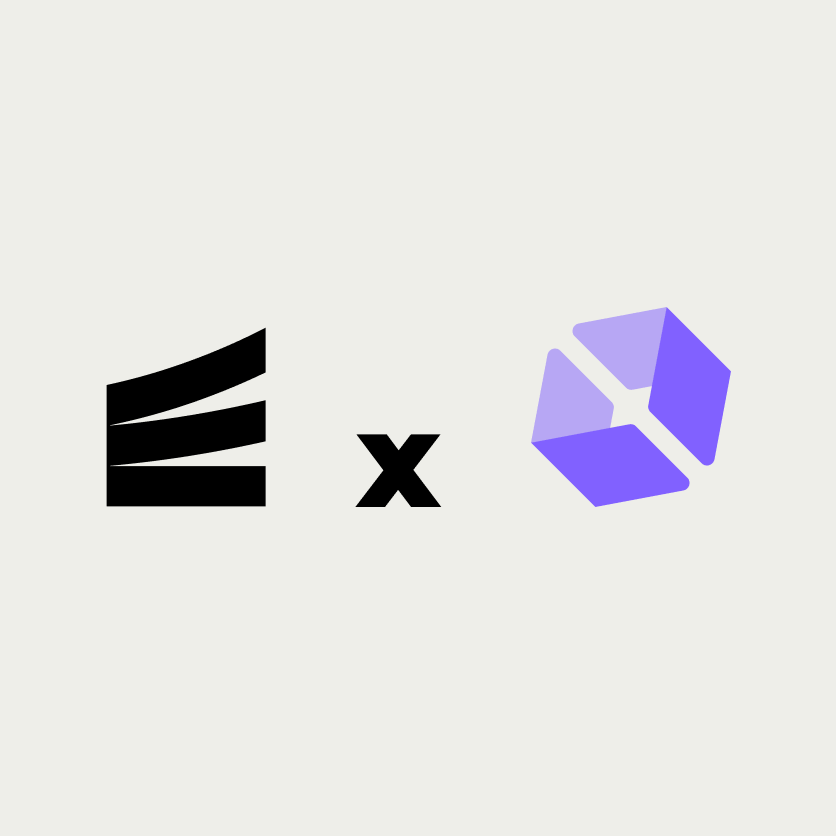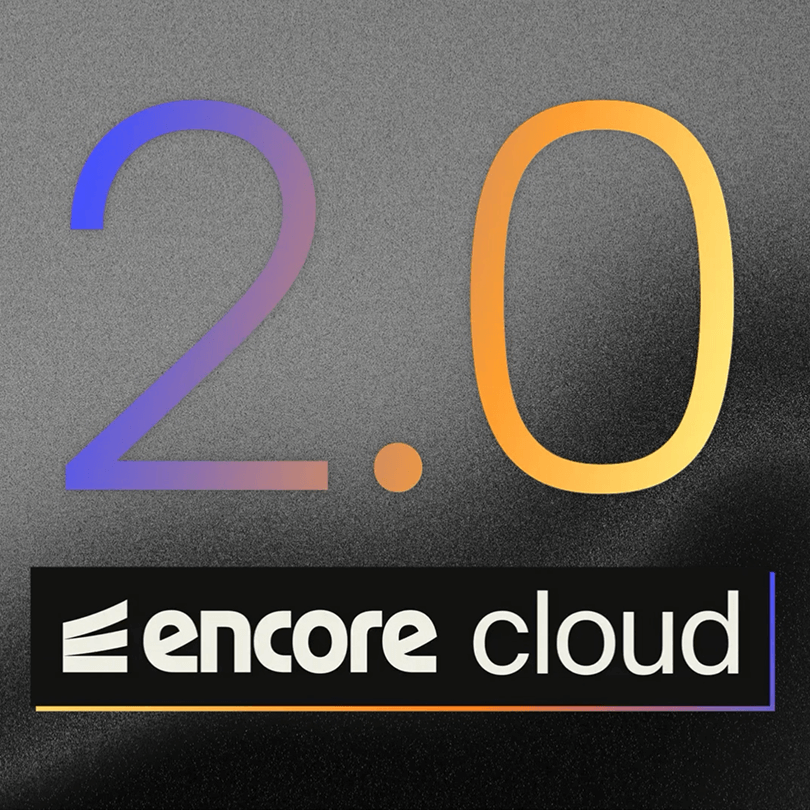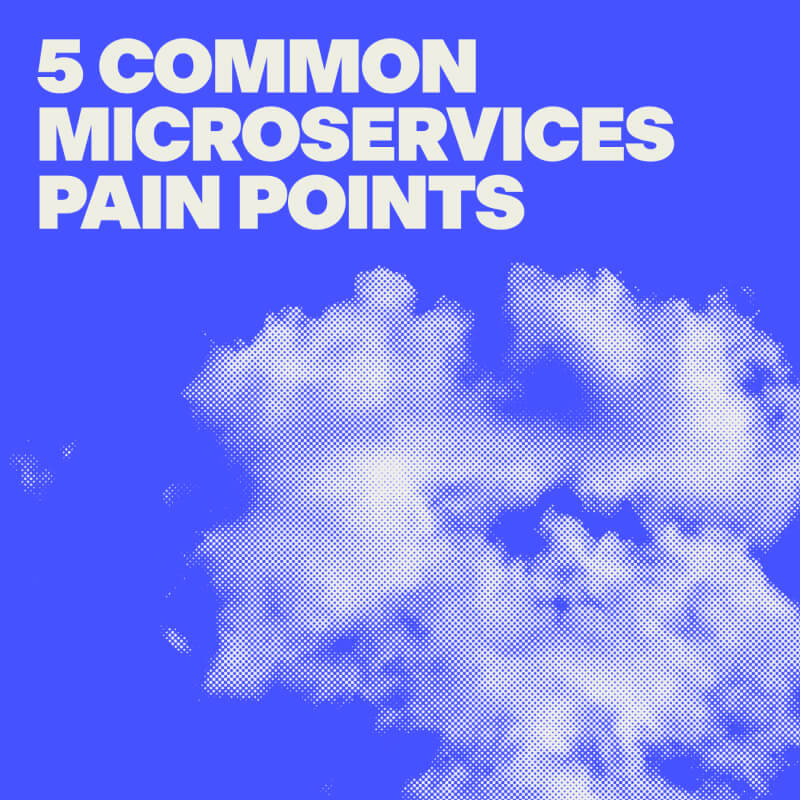1. Complexity
Building microservices means breaking your system into several smaller services. While there are many upsides, it also adds complexity as services need to communicate with each other for your application to work.
Normally this slows down development, as you now need to resolve the same problems of connecting services together, every time new functionality is added. You can no longer simply call existing functions, as they reside in separate services.

Encore takes boilerplate off your plate.
When you build your application with Encore, you add a single annotation to turn any regular Go function into an API.
And when you call other services, you simply import them as packages and write regular function calls.
Effectively, Encore makes building microservices as easy as building a monolith.
2. Testability
When you have a large system with many microservices, requiring several types of infrastructure, it can be difficult and time consuming to setup environments for both testing and local development.
Normally this makes both manual and automated testing much more difficult, and in many cases teams fall back to "testing in production".
Encore environments stay in sync. Always.
With Encore you can easily create unlimited environments that automatically provision the necessary infrastructure, both locally and in the cloud.
This means you can develop with confidence and test your new functionality consistently in any environment.
3. DevOps overhead
Building a microservices architecture requires you to perform common DevOps activities for each additional service.
This adds tons of repetitive, non-value add, scope to your DevOps process.
Even best-in-class teams will normally spend over 30% of their engineering capacity on undifferentiated maintenance work.
– It's a major distraction from building user value into your product!
Encore is integrated from write to run.
Unlike traditional microservices stacks, Encore takes care of your entire devops pipeline.
With a single command, Encore builds and deploys your entire application, provisioning the appropriate infrastructure in local, testing, and production environments.
Deploying to the cloud of your choice is as easy as: git push encore
4. Observability
A monolith only talks to itself. That means it has one potential partner in its processing flow, making observability relatively simple -- you can view a single log file. In a microservices architecture however, a single call can hit multiple services.
Normally this means you must painstakingly instrument your entire application for distributed tracing to get the full picture.
Encore comes with out of the box observability.
Encore automatically instruments your entire application for distributed tracing and logging.
This means you always have the data ready to troubleshoot, debug, and optimize your application.
No more wasting precious time on guesswork.
The best part: You can have the same workflow in local, testing, and production environments.
5. Communication
As your system grows, so will the number of services.
Each service API is a vital contract between the service and its clients. For effective development of dependent services, high quality and up to date API documentation is essential.
Normally this means taking time time away from product development, in order to work on documentation.
Encore automates documentation and frontend integrations.
Thanks to static analysis, Encore fully understands your application. So when you build with Encore, you always get automatically generated high-quality API documentation and type-safe frontend clients.
This means no more outdated documentation and crossed wires among your teams or customers.
The best part: Your team can stay focused on product development that creates user value.

Conclusion
Building microservices traditionally comes with several pain points that add complexity and take engineering time away from creating user value.
Encore is designed to solve these common challenges. Using static analysis and code generation, Encore automates most repetitive tasks and brings back fun and creativity to backend development.
If you're building microservices and would like to remove complexity from your workflow, why not check out the Encore quick start guide?
More Articles



